G Livelab Tampere - from a boiler room to a music club
When the Musicians' Union takes charge of running its own operations, the bar is set high. Music Club G Livelab in Tampere was chosen as the world's best concert hall project in 2020.
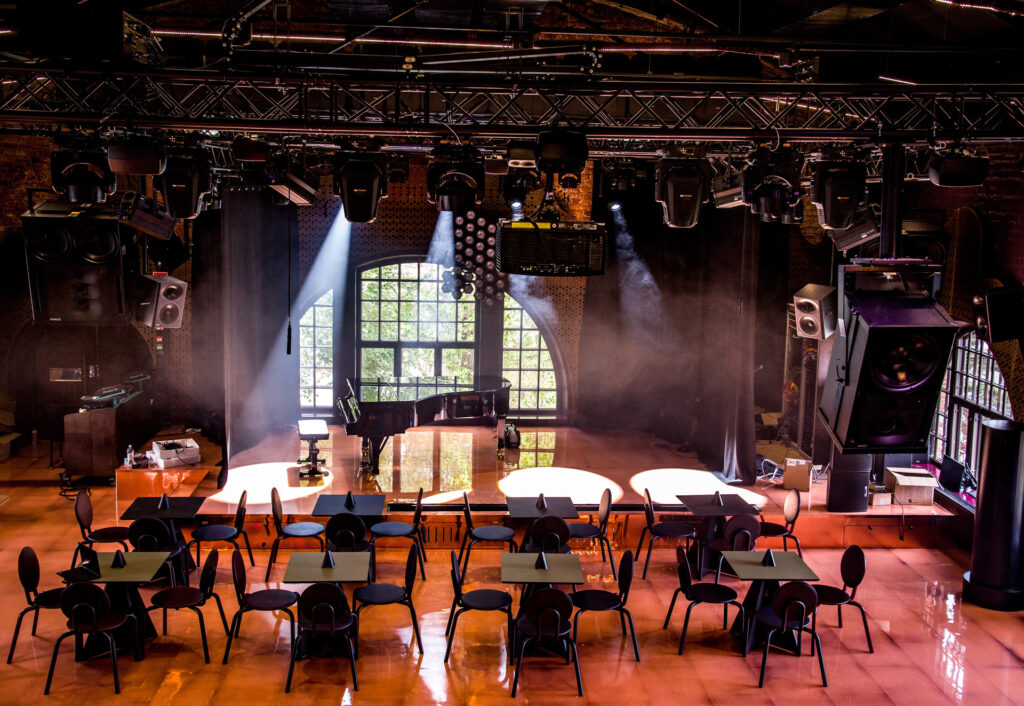
G Livelab Tampere is located in a building that was originally the boiler room of the Frenckell paper mill built in 1905. It is located on the banks of Tammerkoski. The club was designed with a focus on music, entertainment technology, acoustics, and interior design. This does not mean that it is a test room filled with hi-fi equipment for golden ears, but rather a venue for performers and a restaurant for 250 customers.
The prestigious Mondo*DR publication chose G Livelab as the best concert hall project of the year 2020: https://mondodrawards.com/2021/portfolio/g-livelab/.
G Livelab Tampere is the second music club of the Finnish Musicians' Association, in the planning of which Akukon has been involved. The first G Livelab is located in Helsinki.
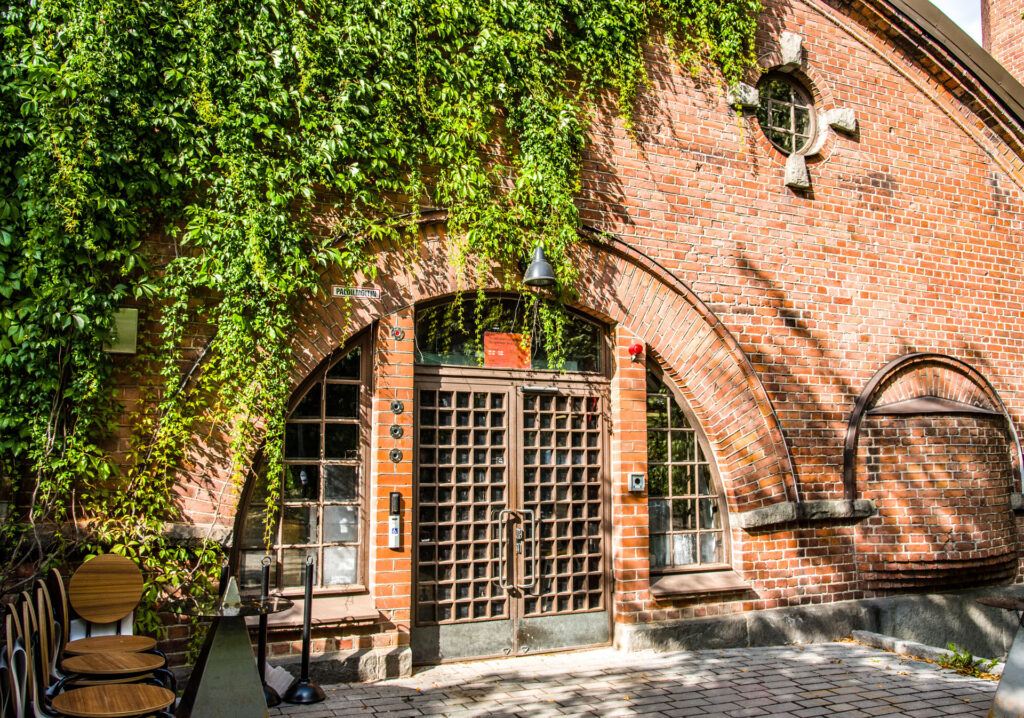
Acoustic design with heavy rock and choral music in mind
The boiler room of the Frenckell factory also served as the library’s newspaper reading room. Generally, libraries are intended to be as quiet as possible. The boiler room is also a protected site, which has influenced the freedom of acoustic design.
Best possible space that would be suitable for all music
Akukon's acoustician Jaakko Kestilä had a clear vision in his work.
- My starting point was to create the best possible space that would be suitable for all music, from the heaviest rock to choral music. It would also be a good platform for electronically enhanced acoustics. More about this will be told about later in this article.
Mirella Peltonen from Casagrande Laboratory was responsible for the spatial and interior design of G Livelab Tampere. Peltonen and Kestilä have worked on mutual projects before, so the cooperation was accelerated by previous experiences.
Furthermore, Kestilä intended to maintain the building's original style and design, for example the shape of the ceiling, even though it was challenging from an acoustic point of view. According to Jaakko, this was successfully achieved.
Club it!
The old boiler room offered both challenges and the joy of work. The technology designed by Akukon does not take a stand on the style of the music: you get the most out of both fine-tuned chamber music and loud rock.
- The large auditorium with its curved ceilings posed challenges in predicting sound coverage, clarity and pressure. Fortunately, the modeling of the space was already initiated early in the design phase, which helped to tune the sound system to its best, recalls Akukon's Tapio Ilomäki.
In terms of sight lines and the speaker system, the Tampere space was easier for the designer to handle than the G Livelab Helsinki.
- Functional benefits and cost savings were achieved by setting multiple functions to the same speaker. The same speaker can function as a surround or delay speaker as well an electroacoustic speaker.
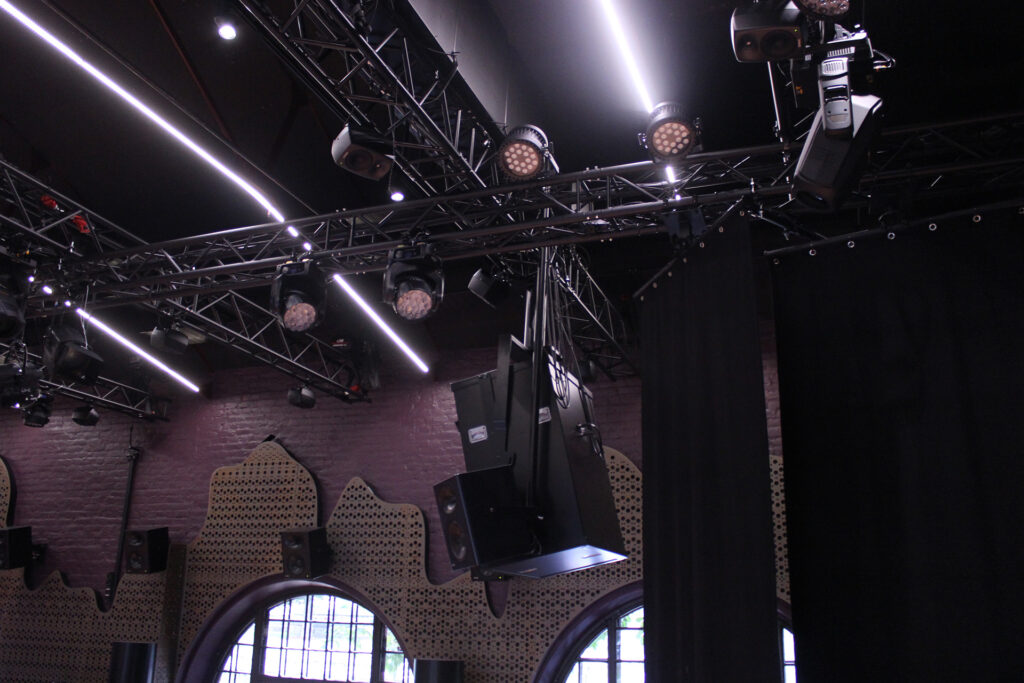
Sound system is based on active Genelec monitor speakers, of which there are a about fifty in total. All sizes are included: Genelec's large monitoring speakers (1236A) serve as the main speakers, while the smallest ones are found in the toilets.
The stage lighting was also easier to design for G Livelab in Tampere than for Helsinki. Most of the hall's general lighting can be controlled from the same lighting console as the show lighting.
- The space has more height, so there was no need to make significant compromises regarding the placement of the lights. The essential requirements were the silence of the lighting during classical music events and the quality of the light for the TV broadcast.
Visual beauty for the ears
G Livelab's sound environment is pleasing to the ears and the pleasant interior is pleasing to the eyes. Casagrande Laboratory and especially interior architect Mirella Peltonen are responsible for the interior design. When the designers get along well, there is also room for design humor.
- I used to hide something pink in the job descriptions for Mirella. Then she played a prank on me and defined the entire equipment room as pink. We might have the only pink equipment room in the world, Ilomäki laughs.
- The contribution of the performance technology contractor, Bright Installations Ltd was essential for the successful outcome, Ilomäki concludes.
With electronically enhanced acoustics, one song can stand out from everything else
"Lokki Virtual Acoustic System" is mentioned on Tampere's G Livelab website. What does that mean?
This is an electroacoustic system that enables the acoustic effect to be changed as best as possible to suit each musical performance. The name of the system originates from the method originally developed in the Virtual Acoustics research group of Aalto University led by Professor Tapio Lokki. One of the main developers of the system, Ph.D. Jukka Pätynen, is currently employed by Akukon. The acoustic system used in G Livelab is designed and tuned exactly to suit the space.
G Livelab’electronically enhanced acoustics system does things that would not be possible with traditional room acoustics methods. Room acoustics can now be adjusted without changes to the shape and materials of the space. As Akukon’s acoustician Jukka Pätynen puts it: "a cozy club can easily be expanded into a large hall".
An algorithm based on delay networks acts as the engine of the system. The 42-speaker system in Tampere is unique and can be tuned to its surroundings manually. Basically, the space itself must sound balanced and without coloration, so that the electronically enhanced acoustics can work. Pätynen emphasizes that virtual acoustics does not automatically turn a bad space into an excellent one. This naturally sets its own conditions for planning the acoustics of the space.
In G Livelab, one performance is not tied to single virtual acoustic settings. One song can stand out from the rest of the set or a stand-out lift can be created in the blink of an eye.
- Although the reverberation of the sound can be increased with traditional reverberators, the electronically enhanced acoustics which works in G Livelab specifically shape the sound and character of the space. Because of this, the acoustics system differs in its operating principle and purpose from traditional reverb devices, Pätynen specifies.
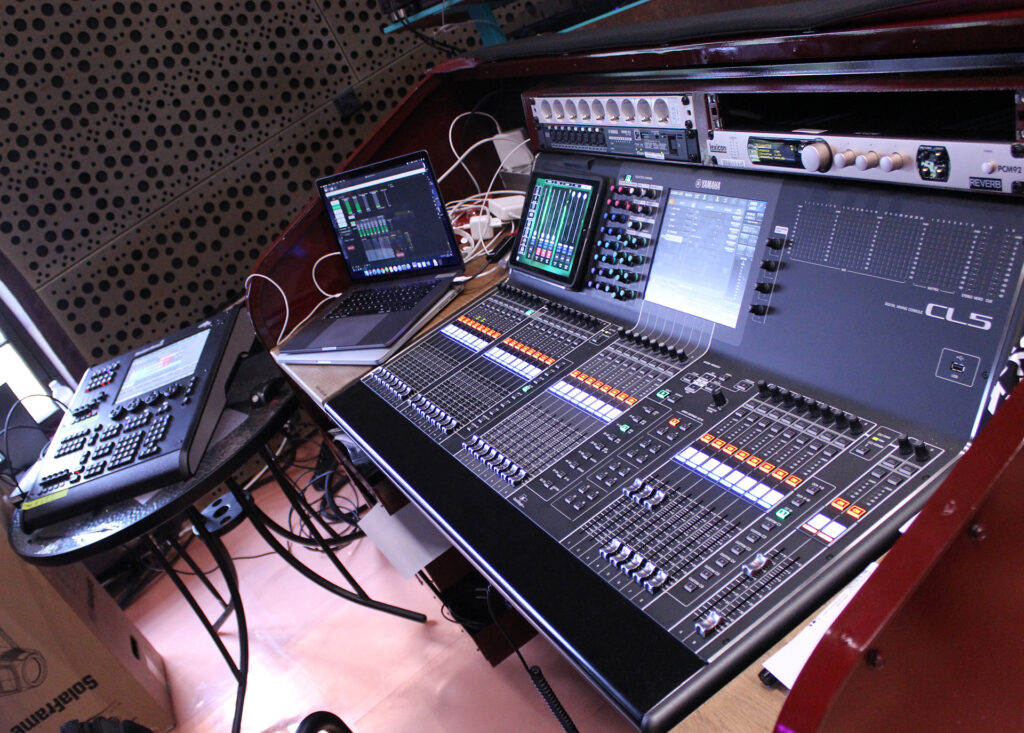
Technical staff of Livelab state that virtual acoustics has provided an entirely new way to perform gigs. Instruments don't always need to be close-miked, yet experiences, which a normal music club cannot provide can be offered to the listeners. The systems of the house are straightforward and logical and have been surprisingly easy to learn.
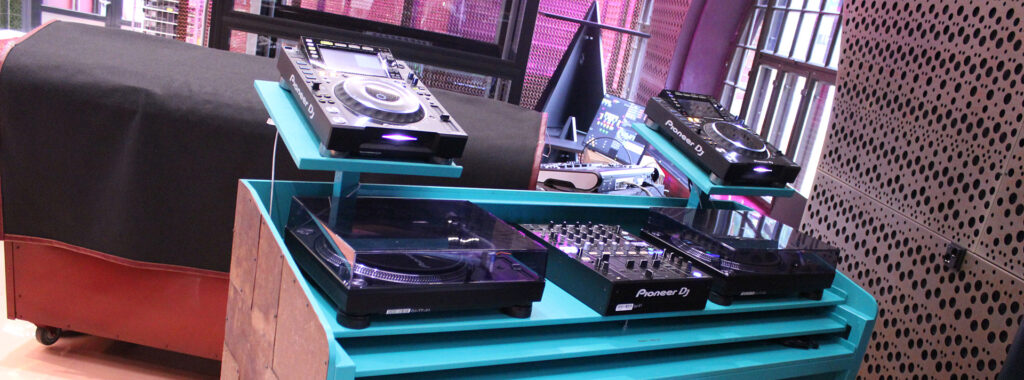
The old property owned by the city was put to useful use
G Livelab Tampere is operated by Livelaboratorio Tampere Oy, which is owned by the Musicians' Union of Finland. Livelaboratorio is a non-profit organization whose income is used to support live music.
The city of Tampere owns the building where G Livelab is located. The city carried out the renovation of the space, which had been without practical use for a long time. In practice, the city paid for the basic construction and Livelaboratorio was responsible for operating equipment, technology and additional work.
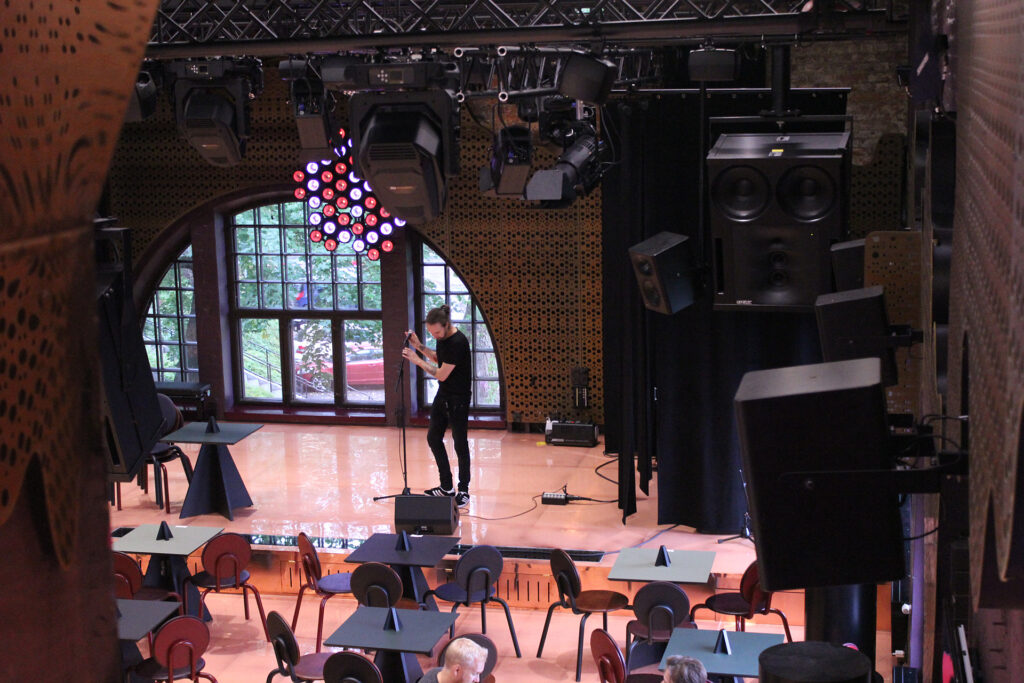
Read more:
https://mondodrawards.com/2021/portfolio/g-livelab/
https://glivelab.fi/tampere/
https://www.genelec.com/-/g-livelab-the-future-of-live-music-in-tampere-relies-on-genelec
| Customer | Finnish Musicians’ union |
|---|---|
| Akukon services | Planning and consulting of audiovisual technology and acoustics |
| Akukon's team | Tapio Ilomäki, project manager, audiovisual technology Jaakko Kestilä, acoustics Sakari Tervo, virtual acoustics system Jukka Pätynen, virtual acoustics system |
| Opening | Summer 2019 |